
Microsoft drops Timeline from the Windows 10 Fall Creators Update
One of the most hotly anticipated new features in the forthcoming Windows 10 Fall Creators Update is Timeline.
Similar to how Apple's continuity feature works with macOS and iOS, Timeline will allow users to switch between Windows 10 devices and pick up where they left off. Perhaps most excitingly, it should even work on some Microsoft apps running on iOS and Android. Unfortunately, if you’re one of the many Windows 10 users eagerly awaiting its arrival, we’ve some bad news.
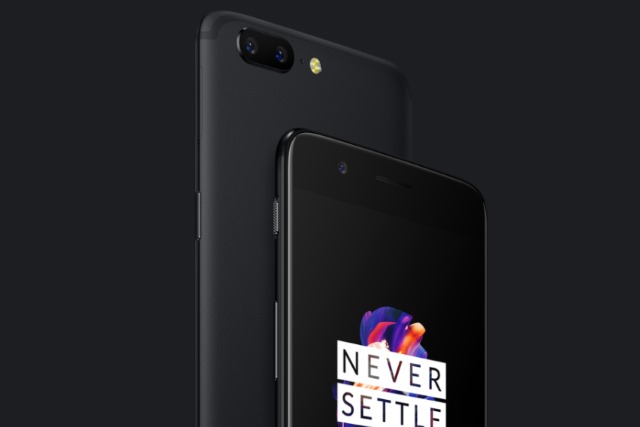
OnePlus 5 has an audio problem too
There is no such thing as a problem-free smartphone, and the OnePlus 5 is no exception. A few issues have cropped up since customers started getting their hands on the new flagship killer, and now we can add one more to that list.
The OnePlus 5 exhibits a rather strange audio recording behavior, wherein holding the smartphone in a certain way causes the audio channels to be inverted. Could this be another case of "you're holding it wrong?"
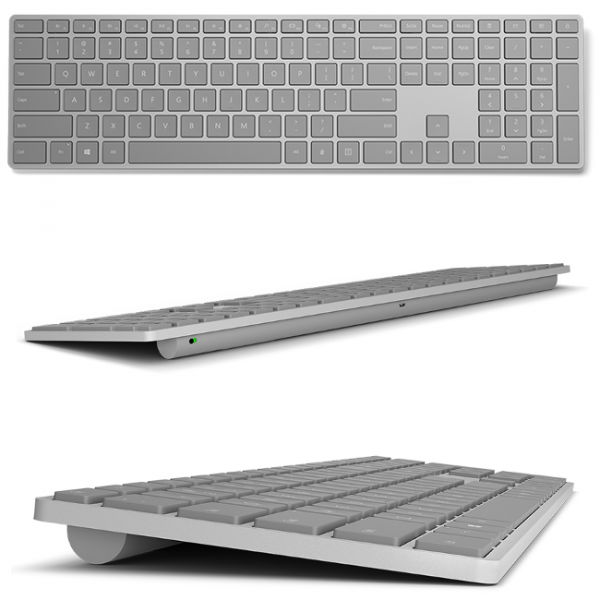
Microsoft Modern Keyboard with Fingerprint ID now available
Microsoft unveiled a new keyboard last month, designed specifically for Windows 10 users. It's called Modern Keyboard with Fingerprint ID, and, just like its name suggests, it features a built-in fingerprint sensor that works with Windows Hello.
Microsoft did not reveal exactly when the Modern Keyboard with Fingerprint ID would be available, only saying that it is "coming soon." Well, that time has come, as the keyboard is now available in the US.

Linux Mint 18.2 'Sonya' Ubuntu-based distro is here with Cinnamon, Mate, KDE, and Xfce
Another day, another distro! Today, Linux Mint 18.2 achieves stable release. While the usual desktop environments, Cinnamon and Mate, are available immediately, so too are both KDE and Xfce. It is nice to see all four of these flavors released at once, as sometimes the Mint Team opts to stagger them.
Code-named "Sonya," this operating system is based on Ubuntu 16.04 which is a long term support version. This means Linux Mint 18.2 will be supported until 2021. The kernel is fairly modern at version 4.8. To further highlight the continuing death of optical media, the excellent Brasero is no longer being included by default.

Sharing of patient data between Royal Free hospital and Google DeepMind breached Data Protection Act
A partnership between London's Royal Free hospital and DeepMind resulted in a breach of the Data Protection Act, an investigation by the Information Commissioner's Office (ICO) has concluded.
The personal data of more than 1.6 million patients was transferred to the Google subsidiary as part of the creation of Streams, an app to diagnose and detect acute kidney injury. The ICO found that patients were not properly informed about how their data would be used, and highlighted a "number of shortcomings" in the way data was handled.

Most Windows 10 users still haven't been offered the Creators Update -- even owners of Surface devices
Microsoft says that in order for Windows 10 users to remain secure, "your device should be updated to the latest feature update."
The problem with this is that not everyone has been offered the latest feature update. Two months after it launched, the Creators Update continues to roll out at a glacial pace, meaning the majority of people running Windows 10 are still on the Anniversary Update, and that includes users of Microsoft’s own Surface range of devices.

Fire-prone Samsung Galaxy Note7 rises from the ashes as refurbished Galaxy Note Fan Edition
The disaster that was the Samsung Galaxy Note7 has been well-documented. After battery defects caused the handset to catch fire, the phone was remotely crippled by Samsung and a recall issued. Now the South Korean company is ready to relaunch the device.
This is not to say that Galaxy Note7 lives on. Rather the smartphone is relaunching as the Galaxy Note Fan Edition (or Galaxy Note FE), using refurbished parts cannibalized from returned Note7s. Bixby is on board, and there have been some hardware changes to ensure history does not repeat itself.
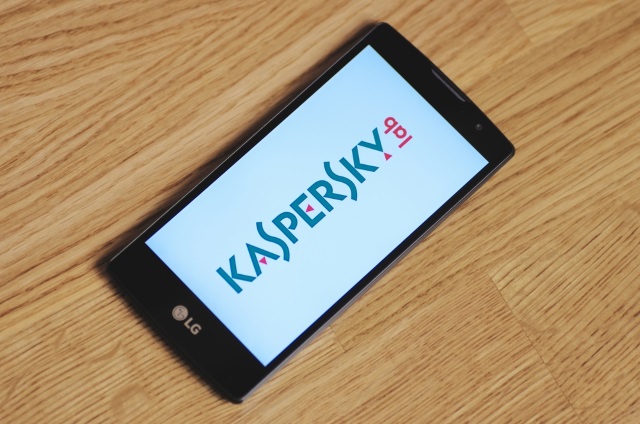
Kaspersky Lab is ready to hand over source code to US government to disprove Kremlin links
As the US government decides whether or not to continue using Kaspersky security software, the Russian company has indicated its willingness to hand over source code for review.
Eugene Kaspersky, speaking to the Associated Press, said that "if the United States needs, we can disclose the source code." Rumors have long circulated about Kaspersky's ties to Putin, leading to speculation that the company's software could be used to spy on Americans.
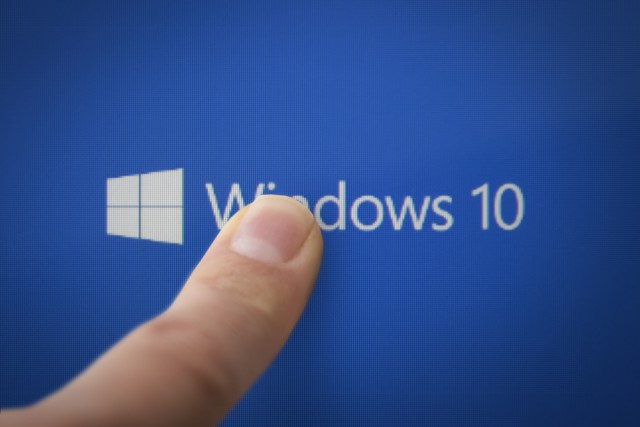
As the original Windows 10 reaches end-of-service, Microsoft will start pestering you to update
It's quite some time since the launch of Windows 10 -- so long, in fact, that the original release has now reached the end of its life. Windows 10 version 1507 will no longer receive Microsoft's monthly security patches, so the company is about to start reminding hangers-on that they should update.
With so many malware attacks hitting the headlines recently, Microsoft is aiming to get as many people as possible upgraded to the latest, most secure version of Windows 10. At the moment this is Windows 10 Creators Update, but it won’t be long before Windows 10 Fall Creators Update is going to be pushed.

Satechi unveils 4K 60Hz USB-C to HDMI cable and adapter for Windows, Mac, and Linux
When you buy a laptop nowadays, it is becoming much more common for it to only have USB-C ports. While you can thank Apple for leading the way with its MacBook line of laptops, plenty of Windows PC manufacturers are following suit. This is wise, as it future-proofs your computer while giving the ability to connect to legacy devices (if needed) with low-cost dongles. Microsoft has infamously omitted USB Type-C from its Surface devices, which may cause pain to consumers in the future.
If you have already invested in one of these USB-C-only machines, there are two dongles that are definitely worth buying to keep in your bag -- USB-C to HDMI and USB-C to USB-A. Some users may need an Ethernet adapter too. Satechi has two new USB-C to HDMI options -- an adapter (dongle) and a cable. Both appear very well made and are quite affordable. Best of all, not only do the products offer 4K output, but at the much desired 60Hz. Despite being sold in color options that match Apple's laptops, the adapters will work fine with both Windows and Linux too.
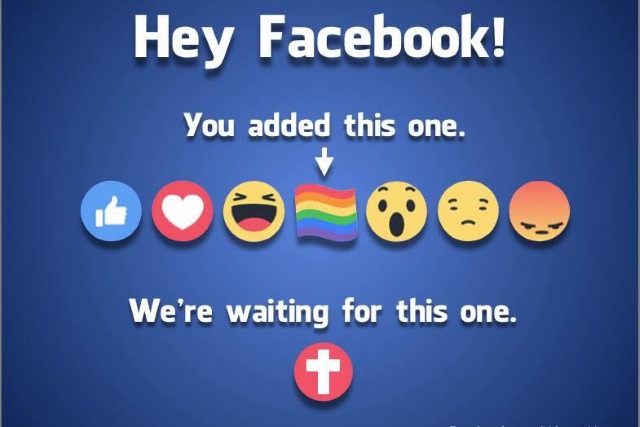
Facebook disappoints Christians by refusing to introduce a cross reaction
Facebook's reactions have long been a source of disappointment for users. When they were first introduced people were upset by the lack of a Dislike option. There was also dissatisfaction with the fact that Facebook merely logs reactions as an interaction rather than taking into account the meaning behind them.
In addition to the main reactions, Facebook has introduced special, temporary additions over the months -- flowers for Mother's Day, a mask for Halloween, and a rainbow flag for Pride month to "celebrate love and diversity." Conservative Christians, however, have been told that a cross reaction is not in the pipeline.

Netrunner 17.06 'Daedalus' Linux-based operating system available for download
There are so many quality Linux distributions nowadays, that it can be hard to choose one. Heck, when people ask my advice on which operating system to install, it can be tough for me to match a person to a distro. While choice is a good thing, I am a firm believer that there can be too much choice. When an ice cream shop has 100 flavors, you can feel like the correct decision is an impossibility. Sometimes just offering a choice between chocolate and vanilla is the best experience. Linux could benefit from a few less flavors.
While I am a Fedora user primarily, I recognize that what's good for me is not good for all -- especially those new to Linux. Windows-switchers in particular may not want to deviate from the user interface they have used for many years. It is for this reason that I often suggest Netrunner -- one of my favorite Linux distros. Its polished use of KDE creates familiarity, and the OS comes chock-full of useful apps -- it really is fantastic. Today, the Debian-based operating system reaches version 17.06 -- code-named Daedalus. It is not a massive update by any means, but it is still exciting.
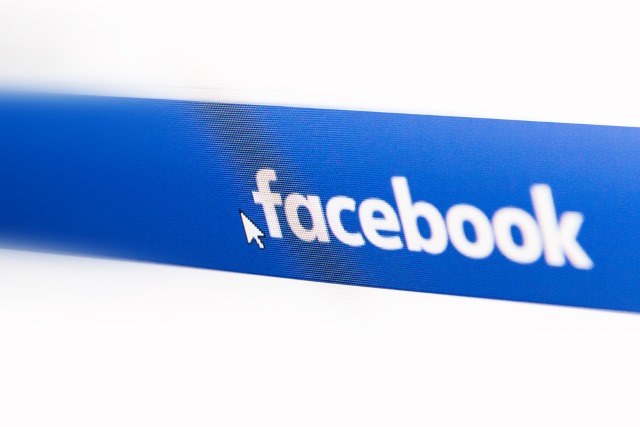
Post too much to Facebook and it will be assumed that you're spreading fake news
Facebook's ongoing battle against fake news continues, and the social network has a new weapon in its arsenal. To cut down on the amount of spam and fake news appearing in News Feeds, users who post a lot each day will have their visibility reduced.
The thinking behind this is that there are some Facebook users who "routinely share vast amounts of public posts per day," and the company has found that the content shared tends to be spammy or fabricated stories. Facebook says that the change could mean that even legitimate publishers find that their reach is reduced, however.

Windows 10's share grew by just 5 percent in a year
According to NetMarketShare’s figures, Windows 10’s share of the desktop operating system market remains pretty uninspiring, with growth much slower than you’d expect.
In fact in a year, the new OS has grown by just over 5 percent. In comparison, Windows 7 grew by 2 percent in the same time frame.
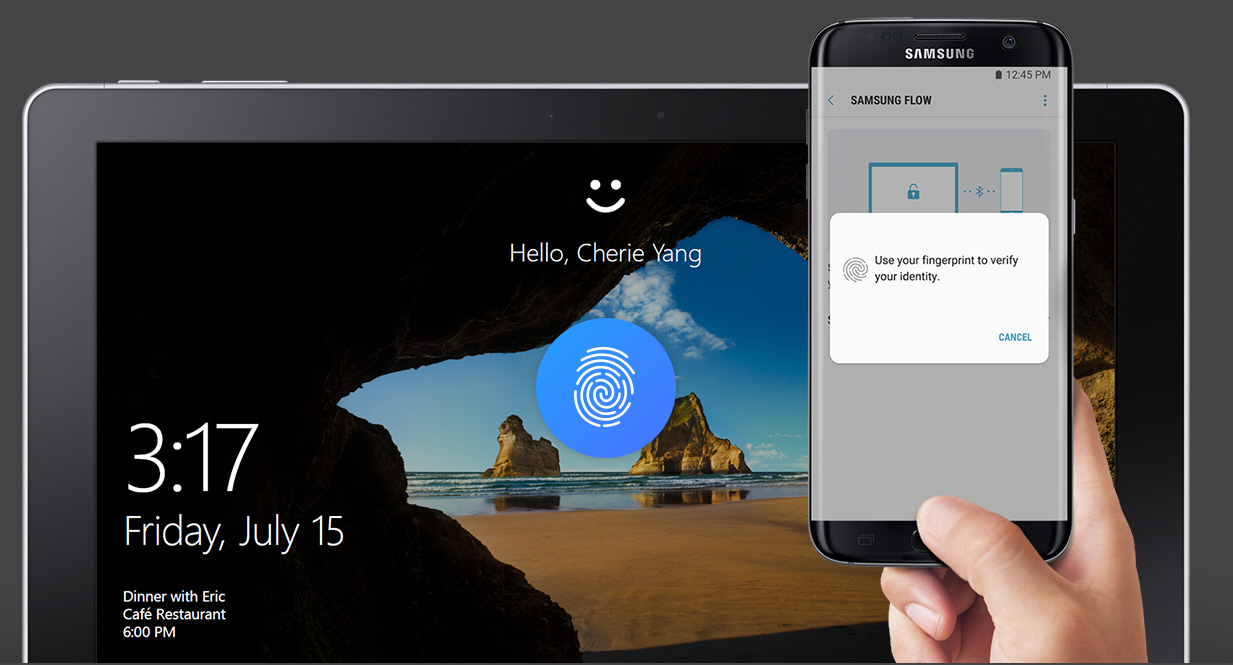
How to unlock any Windows 10 PC using a Samsung phone [Updated]
Much like Apple’s Handoff feature, Samsung’s Flow app lets you switch between different devices seamlessly. It originally only worked on Samsung phones and tablets, including the Windows 10-based Galaxy TabPro S, but an update means you can now use your smartphone to unlock any PC running the Windows 10 Creators Update.
You can also use Flow to perform other useful tasks, such as checking notifications across devices, and replying to messages directly.


